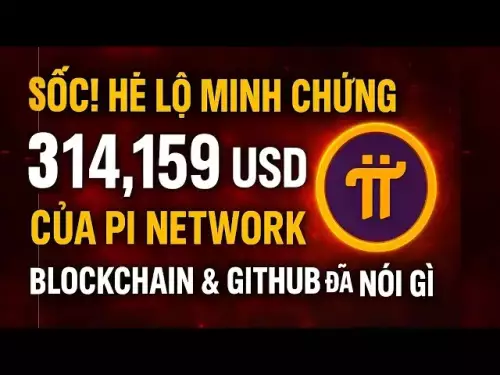 |
|
 |
|
 |
|
 |
|
 |
|
 |
|
 |
|
 |
|
 |
|
 |
|
 |
|
 |
|
 |
|
 |
|
 |
|
Cryptocurrency News Articles
Ethereum (ETH) Price Rally Hinges on Reduced Transaction Fees, Greater Institutional Adoption – Market Outlook
Nov 01, 2024 at 02:04 am
Ether (ETH) price rose to $2,700 on Oct. 30, marking its highest level in ten days, but a strong rejection on Oct. 31 pushed its price down to $2,550.

The price of Ether (ETH) has been unable to break above a key resistance level despite a recent rally, and some traders are now speculating that institutional demand is waning. However, a closer examination of onchain metrics and market trends suggests that other factors, such as high transaction fees and subpar institutional adoption, may be at play.
Ether’s inability to trade above $2,700 is not fully explained by weak institutional demand, but rather a consequence. For example, Solana has overtaken Ethereum as the leading blockchain in decentralized application (DApp) transaction volumes.
Recent data shows Solana leading in decentralized exchange (DEX) volumes, but critics argue that its network relies heavily on memecoin trading activity, which spiked in October. In contrast, Ethereum maintains robust demand from established decentralized finance (DeFi) applications like Balancer, Curve, Pendle, and Ether.fi.
When layer-2 volumes are combined, such as those from Base, Arbitrum, Polygon, and Avalanche, Ethereum’s dominance becomes even more apparent. This is also seen in total value locked (TVL), where Ethereum’s base layer holds $48.8 billion compared to Solana’s $6.27 billion. Hence, even if memecoin mania continues, it only accounts for a small portion of the broader DApps market.
Despite a healthy $116 billion in onchain DApp volume over 30 days, according to DappRadar, Ethereum’s transaction fees have remained largely flat. Data from StakingRewards shows a 3.4% reward rate for ETH staking, compared to Solana’s 6.5% and Tron’s 4.5%. As a result, Ethereum has seen a net withdrawal of 180,000 ETH from staking over the same period.
Top blockchains staking data. Source: StakingRewards
This issue is being addressed by Ethereum developers with the upcoming Ethereum Improvement Proposal (EIP) 7742, which will introduce dynamic blob (temporary data layer) costs and maximum values. Vitalik Buterin has discussed the shift from a fixed blob count, warning that constant operation at full capacity could hinder scalability.
The anticipated Ethereum Pectra upgrade, expected in Q1 2025, aims to increase the maximum block size to 2.7 megabytes from the current 1 megabyte, as outlined in EIP-7623. The ongoing debate is how to reconcile the demand for lower-cost transactions with the need to adequately reward ETH staking.
Relative to its price performance in 2021, Ether’s 40% gain in 2022 is considered dull by some institutional investors. This is especially true considering Bitcoin (BTC) has clocked a 2022 gain of over 300% as of Oct. 31.
After the U.S. Securities and Exchange Commission blocked requests for spot Ethereum ETFs that would use staking strategies, traders are left with more complex and less accessible derivatives to gauge institutional interest in ETH.
In contrast, Bitcoin’s narrative as a hedge against inflation and an instrument of monetary freedom has resonated with some of the world’s largest professional investors, such as BlackRock and Renaissance Technologies. They have disclosed purchasing large amounts of BTC in the past.
After being hailed as "ultrasound money" by its proponents, the Ethereum network now faces challenges with increasing supply and over-optimization for layer-2 activities, which, while beneficial operationally, may compromise the sustainability of security. As such, a sustained ETH price rally could hinge on significant modifications to the network's architecture.
Disclaimer:info@kdj.com
The information provided is not trading advice. kdj.com does not assume any responsibility for any investments made based on the information provided in this article. Cryptocurrencies are highly volatile and it is highly recommended that you invest with caution after thorough research!
If you believe that the content used on this website infringes your copyright, please contact us immediately (info@kdj.com) and we will delete it promptly.






























































